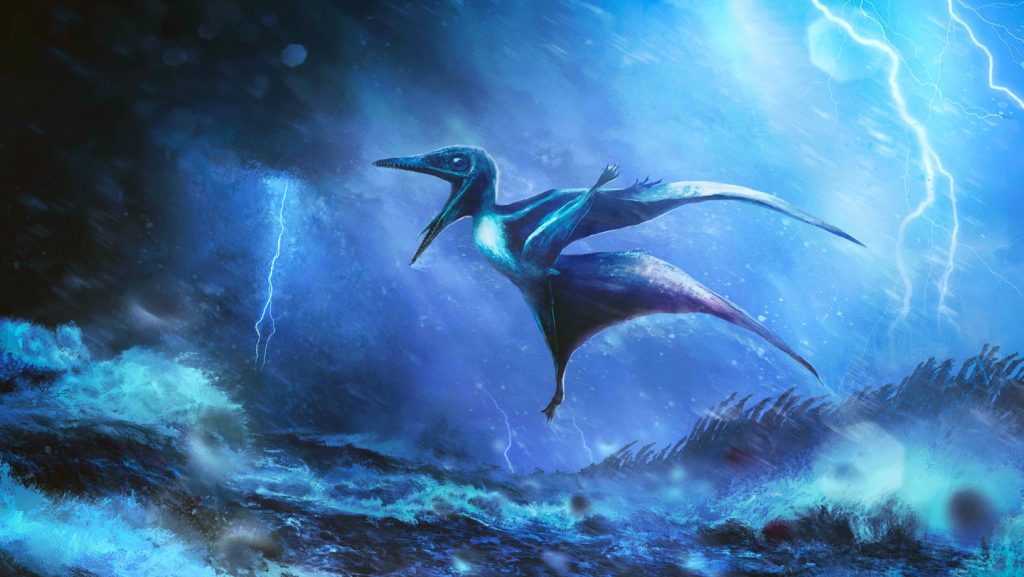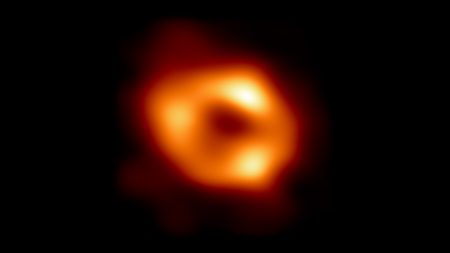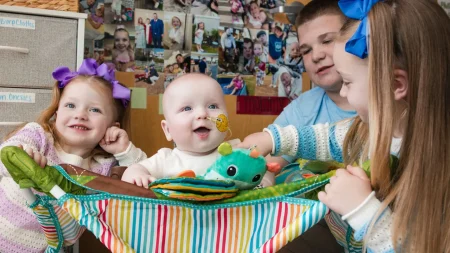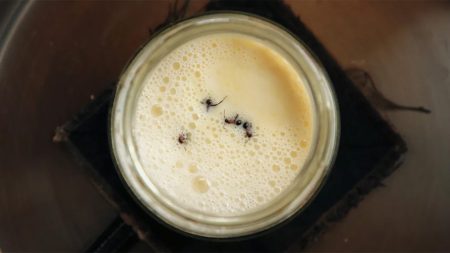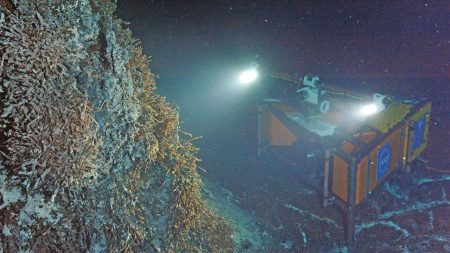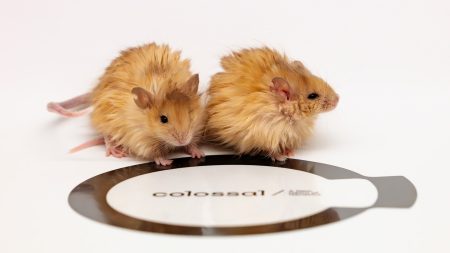Uncovering the Ancient Mystery of Baby Pterosaurs’ Final Moments
In a remarkable paleontological discovery, scientists have potentially solved a 150-million-year-old mystery regarding the deaths of hundreds of young pterosaurs. The evidence comes from two exceptionally well-preserved juvenile Pterodactylus fossils, affectionately named “Lucky I” and “Lucky II,” which have revealed surprising clues about their tragic demise. Researchers from the University of Leicester in England, led by paleontologist Robert Smyth, published their findings in Current Biology on September 5, showing that each hatchling suffered a clean, oblique fracture to its humerus bone, suggesting their arms were wrenched in a powerful twisting motion. This distinctive injury pattern points to an unexpected culprit: violent windstorms that proved too powerful for the young flying reptiles to withstand.
The investigation takes us back to the Late Jurassic Period, when much of what is now Germany was covered by a warm, shallow sea. During this time, coral reefs created isolated lagoons with thick, soft carbonate mud bottoms – perfect conditions for preserving even the most delicate fossils. Today, these ancient lagoons have transformed into limestone quarries rich with Jurassic treasures. The Solnhofen Limestone in particular has become famous among paleontologists for its extraordinary fossil collection, including small dinosaurs, Archaeopteryx (the earliest known bird), and an abundance of pterosaur remains. What makes this site especially valuable is its remarkable concentration of pterosaur hatchling fossils, which provide crucial insights into these flying reptiles’ growth patterns, ecological roles, and flight capabilities.
One peculiar aspect of the Solnhofen site has long puzzled scientists: while adult pterosaur fossils typically appear fragmented and incomplete, the remains of younger individuals are often found in pristine, complete condition. This pattern seems counterintuitive since the skeletons of hatchlings should logically be more fragile and susceptible to destruction than those of adults. The research team’s analysis of Lucky I and Lucky II offers a compelling explanation for this apparent contradiction. The unique fracture patterns in their wing bones suggest these young pterosaurs were victims of catastrophic storms that swept through their habitat approximately 150 million years ago.
According to the researchers’ hypothesis, these young pterosaurs, with their limited flying experience and still-developing strength, likely battled against powerful storm winds until their wings broke under the strain. Unable to stay airborne, they would have fallen into the lagoon where they drowned and were quickly buried in the soft sediment, preserving their bodies largely intact. This rapid burial process protected their remains from the usual decomposition and scattering that occurs with prolonged exposure. The team believes that hundreds of pterosaur specimens at the site may have met similar fates during various storm events throughout the Jurassic Period.
Adult pterosaurs, meanwhile, would have faced the same violent weather conditions but with different outcomes. Their greater strength and flying experience might have allowed them to struggle more vigorously against both the storm winds and, if they fell, in the waters of the lagoon before eventually succumbing. This prolonged struggle could explain why their remains are typically found in a more disarticulated state – their bodies would have been subjected to more movement and disturbance before final burial, resulting in scattered, fragmented fossils rather than complete skeletons.
Beyond solving the mystery of these particular pterosaurs’ deaths, this research highlights an important principle in paleontology: catastrophic events like storms can significantly distort the fossil record by selectively preserving different specimens in different ways. The Solnhofen pterosaurs demonstrate how environmental factors can create preservation biases that might lead to misinterpretations about ancient species’ demographics or anatomical features. By recognizing these patterns, scientists gain valuable context for understanding not just what fossils show us about prehistoric life, but also how the fossilization process itself shapes our window into the past. This case of the broken-winged baby pterosaurs reminds us that every fossil tells not only the story of an ancient creature’s life but also the dramatic circumstances of its death and preservation across millions of years.





